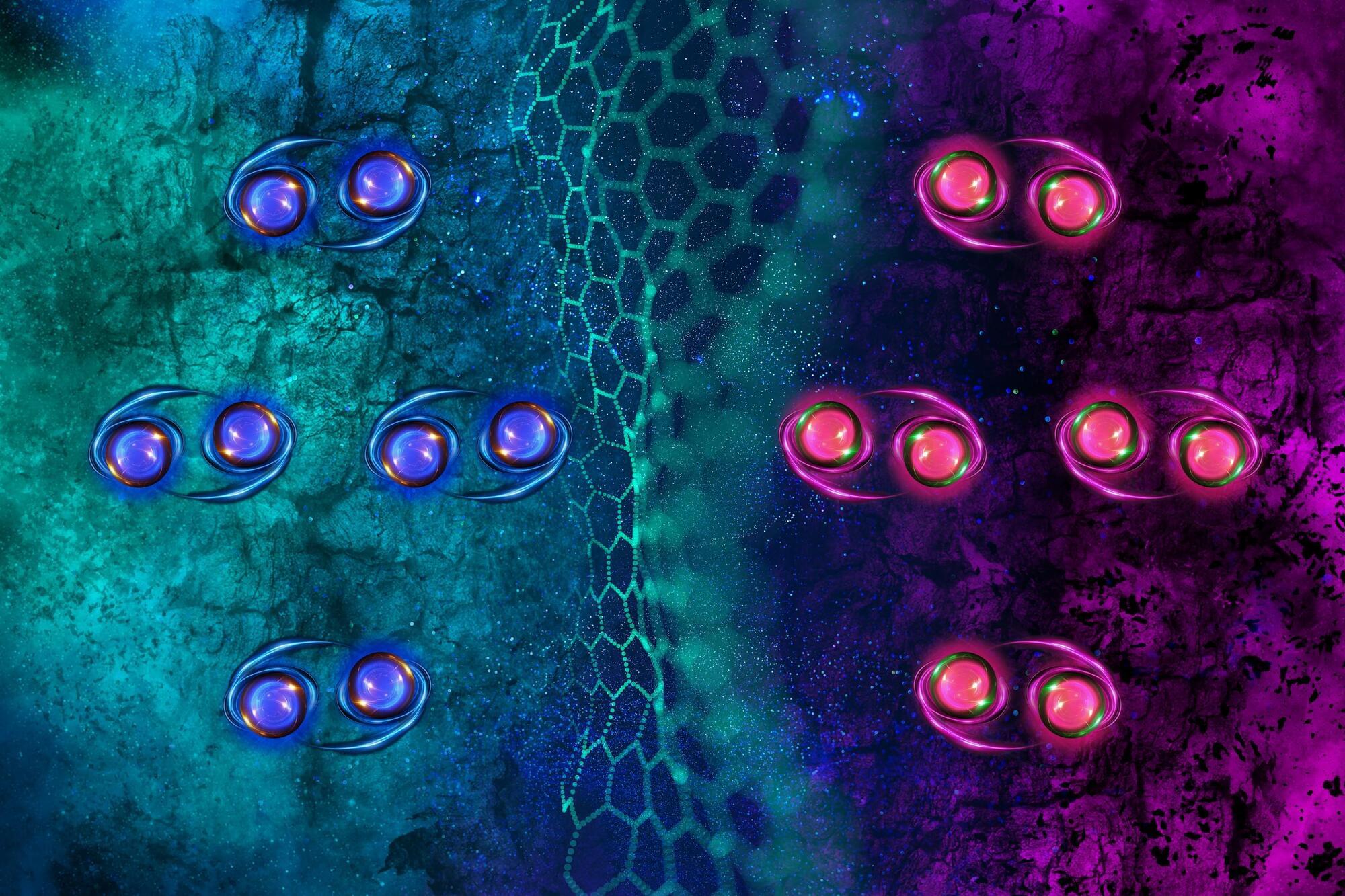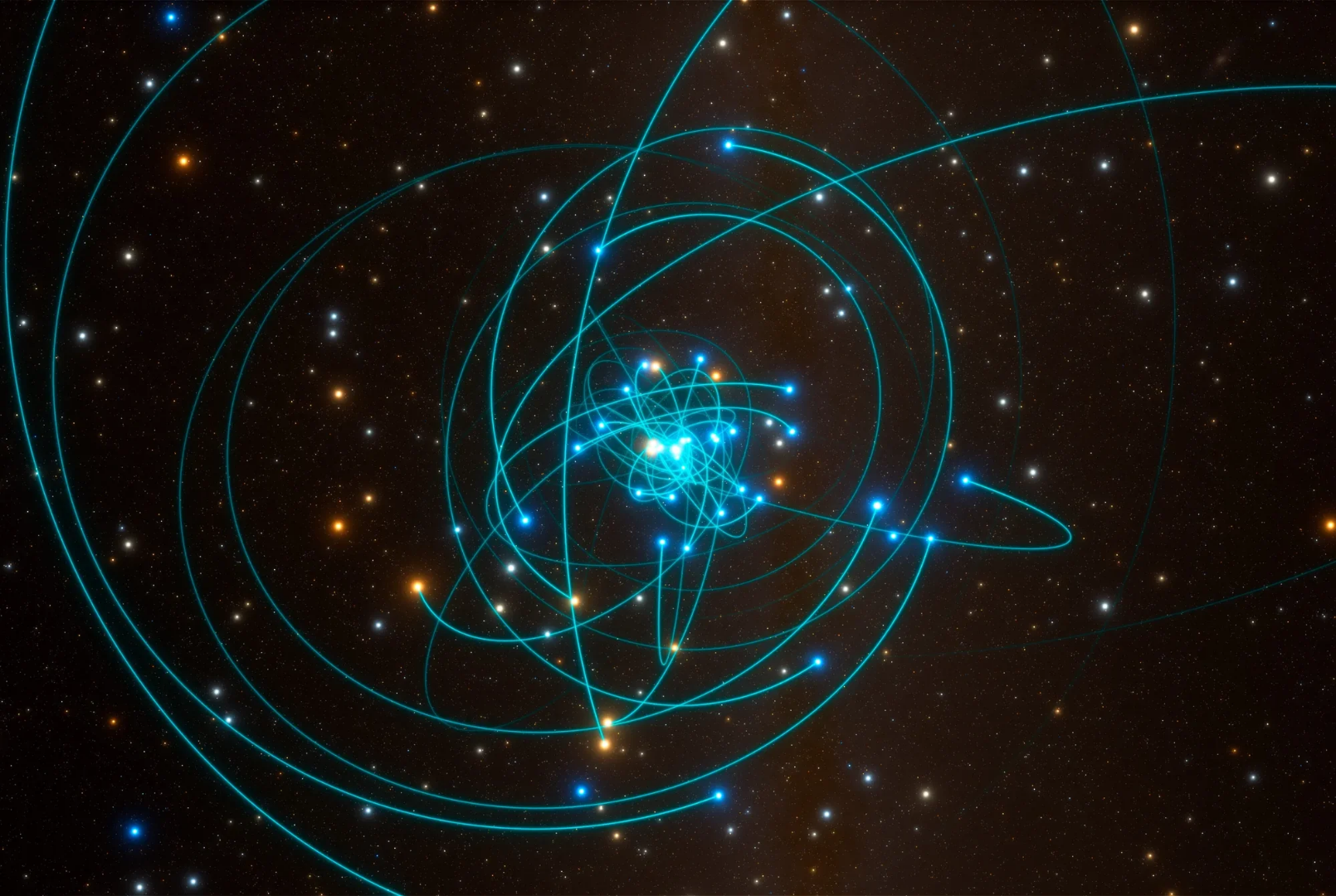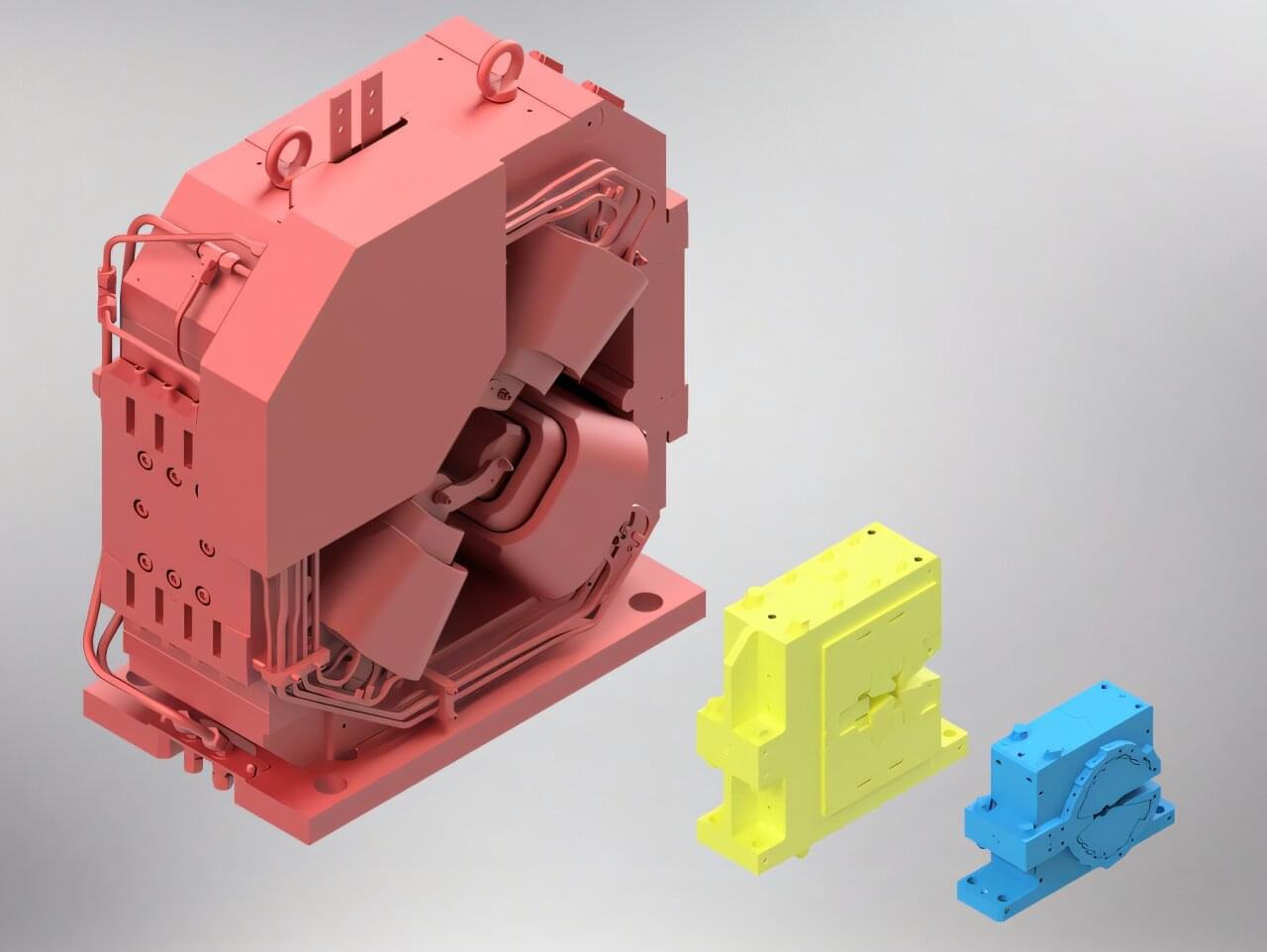What if everything around you — your phone, your chair, even the stars — has some form of consciousness? In our new video, we dive into mind-bending theories from scientists and philosophers that challenge how we see reality itself. This isn’t science fiction — it’s a serious debate shaking up physics, philosophy, and neuroscience. Could the entire universe be aware? And what does that mean for us? 🌀 Tap in and prepare to question everything you thought you knew about existence.
Animation is created by Bright Side.
Music from TheSoul Sound: https://thesoul-sound.com/
Check our Bright Side podcast on Spotify and leave a positive review! https://open.spotify.com/show/0hUkPxD34jRLrMrJux4VxV
Our Social Media:
Facebook: https://www.facebook.com/brightside.
Instagram: https://www.instagram.com/brightside.official.
TikTok: https://www.tiktok.com/@brightside.official?lang=en.






